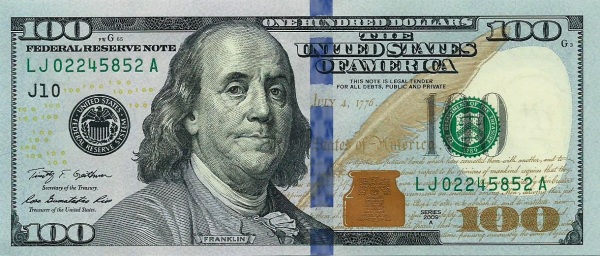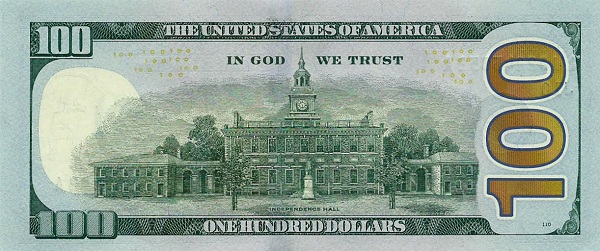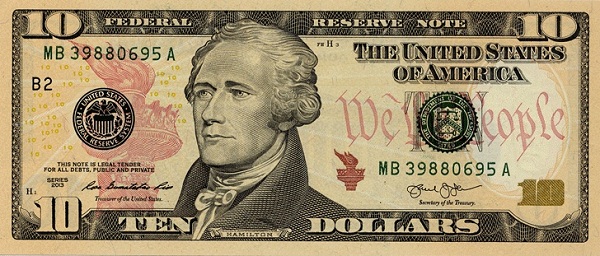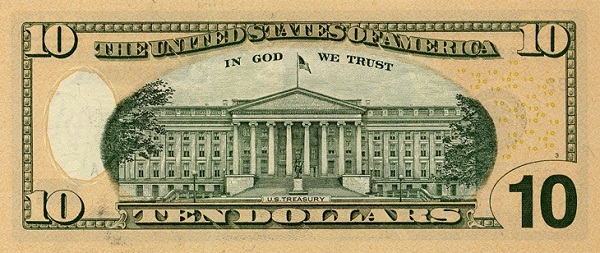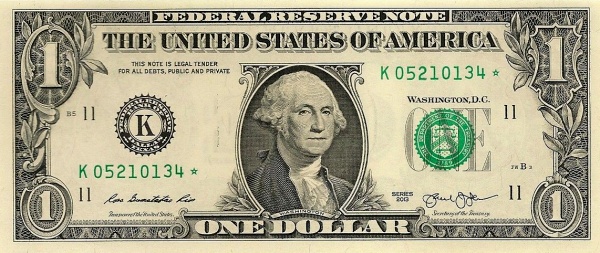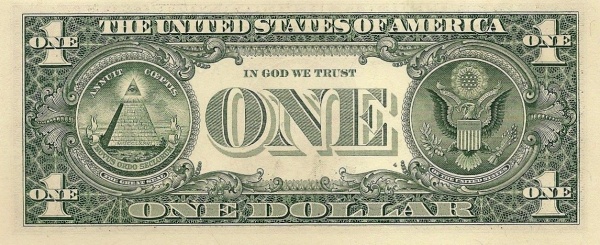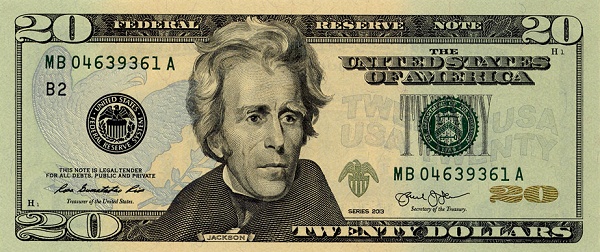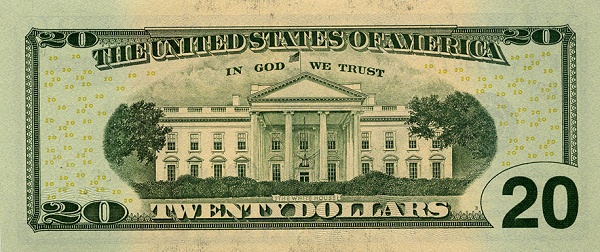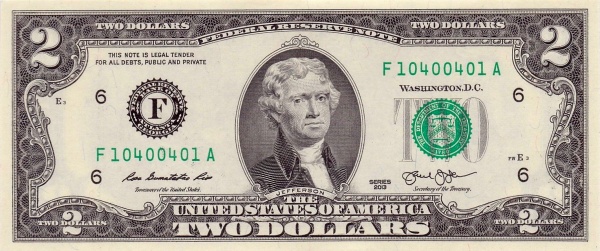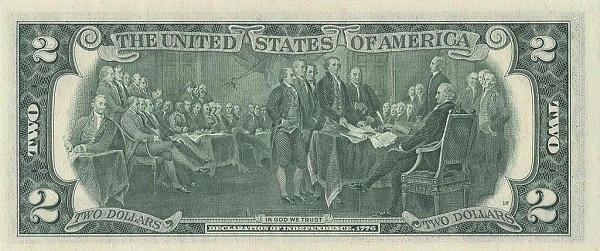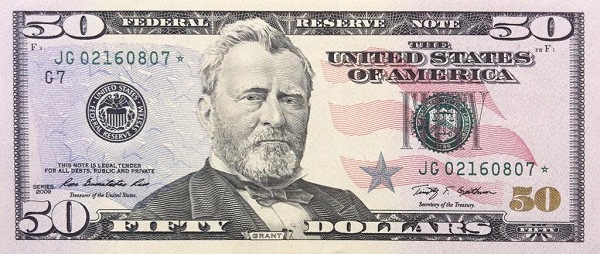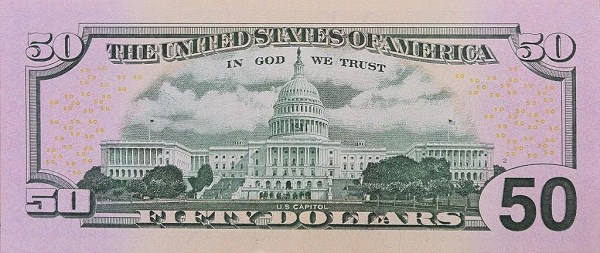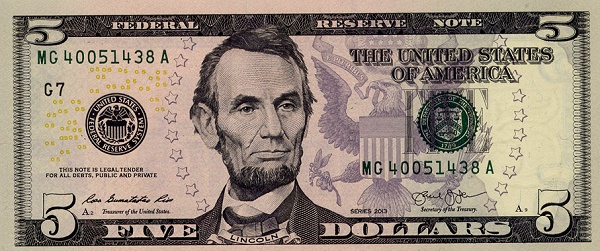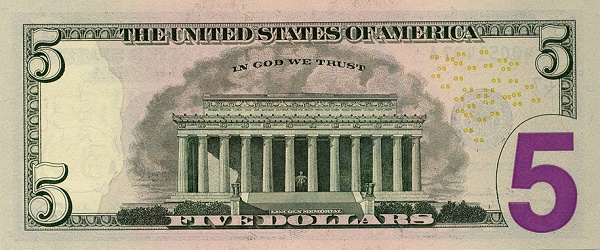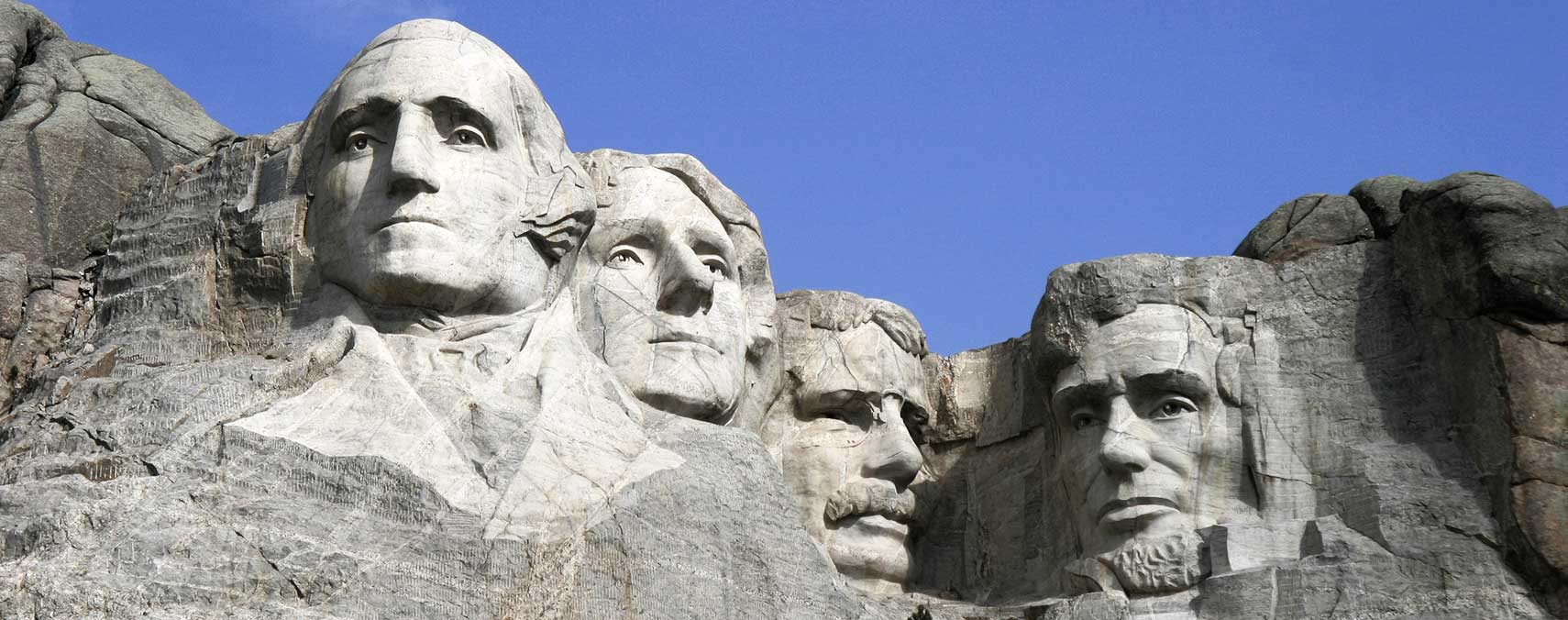Exploring the United States: A Comprehensive Overview
The United States is a diverse nation comprising 50 states, and it occupies the central region of North America. Surrounded by both the Atlantic Ocean on the eastern side and the Pacific Ocean on the western side, the geographical features of this vast country are remarkable. Furthermore, Alaska, which is the largest state, commands an imposing position in the northwest area of North America. In the heart of the Pacific Ocean lies the island group of Hawaii, which is situated southwest of the continental United States. This unique geography contributes to the United States' enigmatic charm and its status as a top travel destination.
Geographical Boundaries of the United States
To the north, the United States shares a border with Canada, while to the south, it stretches along a 3,155 km border with Mexico. Notably, certain sections of this border feature an extensive wall or fence designed to enhance security. Additionally, the United States maintains maritime boundaries with several nations, including the Bahamas, Cuba, and even Russia, further establishing its importance on the global stage.
Size and Population: A Nation of Extremes
With a staggering area of 9,833,516 km², the United States ranks as the third-largest country in the world. This size makes it more than double the area of the entire European Union and slightly more than half that of Russia. In terms of demographics, the population of the United States stands at approximately 337 million people as of 2024, establishing it as the most populous country in the Americas. The nation’s capital is Washington D.C., also known as the District of Columbia, while New York City holds the title of the largest city in the country. The linguistic landscape is primarily dominated by English, which is spoken by roughly 80% of the population, while about 13% speak Spanish.
A Historical Perspective on the United States
Foundations of a New Nation
The roots of the United States extend back to the late 18th century when Britain's American colonies declared their independence from the United Kingdom in 1776. This momentous decision culminated in the recognition of the United States as a sovereign nation following the Treaty of Paris in 1783. That pivotal moment in history set the stage for the growth and expansion of this remarkable nation.
Expansion through the 19th and 20th Centuries
Throughout the 19th and 20th centuries, the United States grew significantly, adding 37 new states to the original 13 colonies. This remarkable expansion was driven by a combination of territorial acquisitions and the desire for new opportunities, allowing the nation to stretch across the North American continent. During this time, the United States also acquired several overseas territories, enhancing its global presence.
Challenges and Resilience
Despite its monumental achievements, the United States faced significant challenges along the way. Two of the most traumatic events in its history include the Civil War, which took place from 1861 to 1865, and the Great Depression of the 1930s. These periods of turmoil tested the resilience of the nation, and the responses to these crises shaped its future.
Global Power and Economic Growth
After overcoming the trials of both World Wars and witnessing the end of the Cold War in 1991, the United States solidified its status as the most powerful nation in the world. The economy of this nation boasts steady growth, low unemployment, and manageable inflation rates. In fact, it is renowned for rapid advances in technology, which continue to drive economic development and innovation.
Culture and Diversity within the United States
The cultural landscape of the United States is as diverse as its terrain, comprising a melting pot of traditions, languages, and beliefs. The influences from Native American, European, African, Asian, and Latin American cultures contribute to the richness of American society. This unique blend of cultures manifests in various aspects of daily life, such as cuisine, art, music, and celebrations. Moreover, the values of freedom and democracy are deeply ingrained in the national identity, drawing people from all walks of life to seek opportunities and a better life within its borders.
Education and Innovation in the United States
Education plays a crucial role in shaping the future of the United States. The country is home to some of the world’s most prestigious universities and research institutions, which attract students and scholars from across the globe. These institutions not only foster academic excellence, but they also serve as hubs for innovation and technological advancement. Consequently, the United States continues to lead in various fields, including science, medicine, and engineering.
The Future of the United States
Looking ahead, the United States embraces both opportunities and challenges. The ever-evolving landscape of global politics, economics, and technological advancements will undoubtedly influence the nation's future trajectory. As the United States seeks to maintain its status as a global leader, it must navigate issues such as climate change, social equality, and international relations. Through resilience and innovation, the nation continues to rise to the occasion, shaping its own destiny.
Largest cities of: United States
| City Name | Population | Year of foundation | |
| Washington, D.C. | 331,002,651 | 1790 | |
| New York City | 8,419,600 | 1624 | |
| Los Angeles | 3,980,400 | 1781 | |
| Chicago | 2,716,000 | 1833 | |
| Houston | 2,328,000 | 1836 | |
| Phoenix | 1,690,000 | 1867 | |
| Philadelphia | 1,584,200 | 1682 | |
| San Antonio | 1,547,200 | 1718 | |
| San Diego | 1,424,500 | 1769 |
United States: Money
